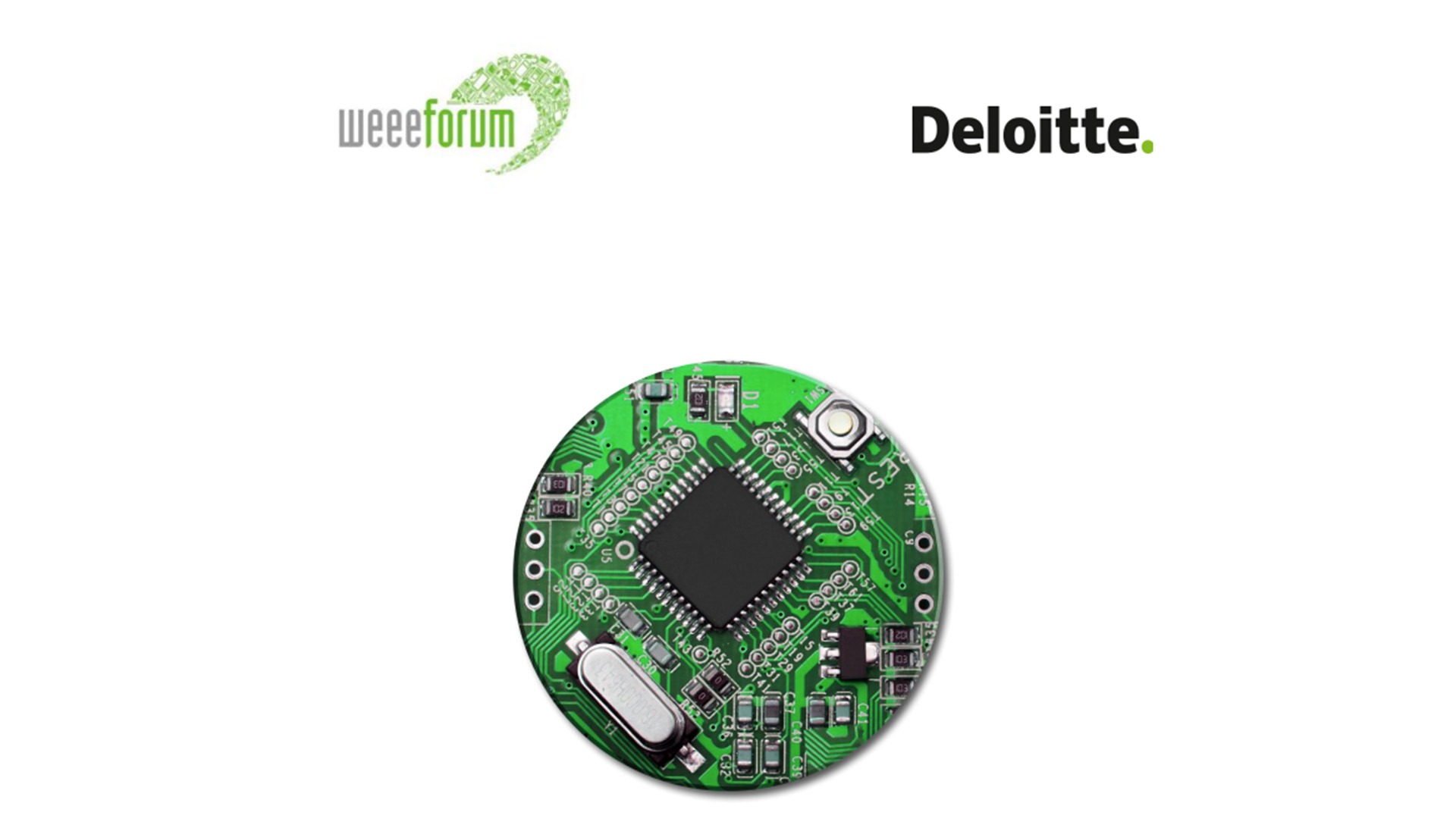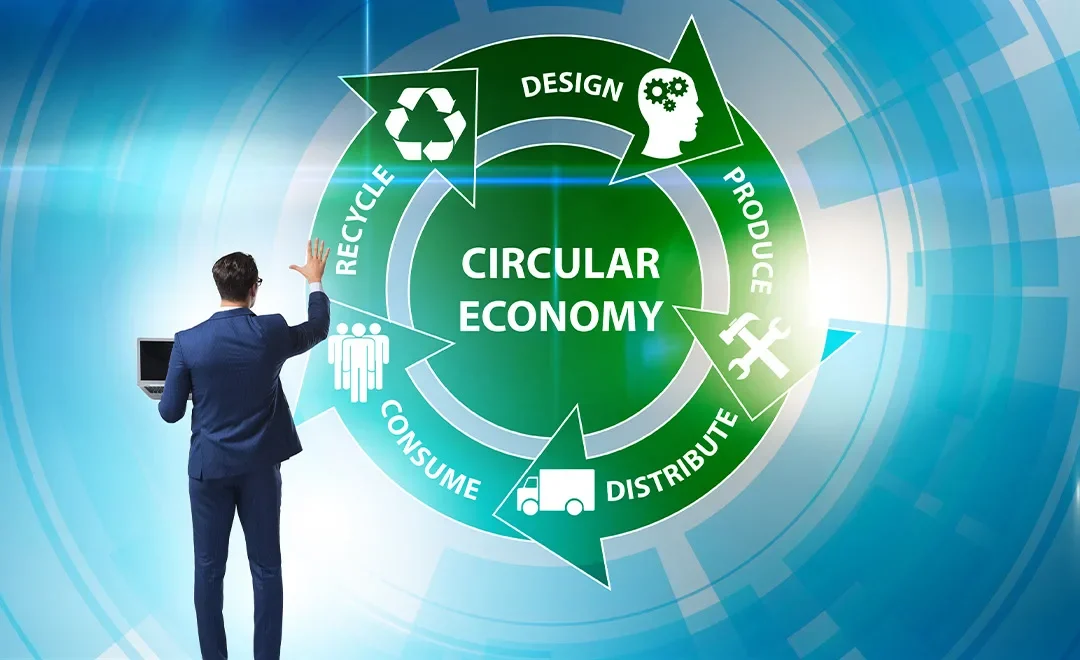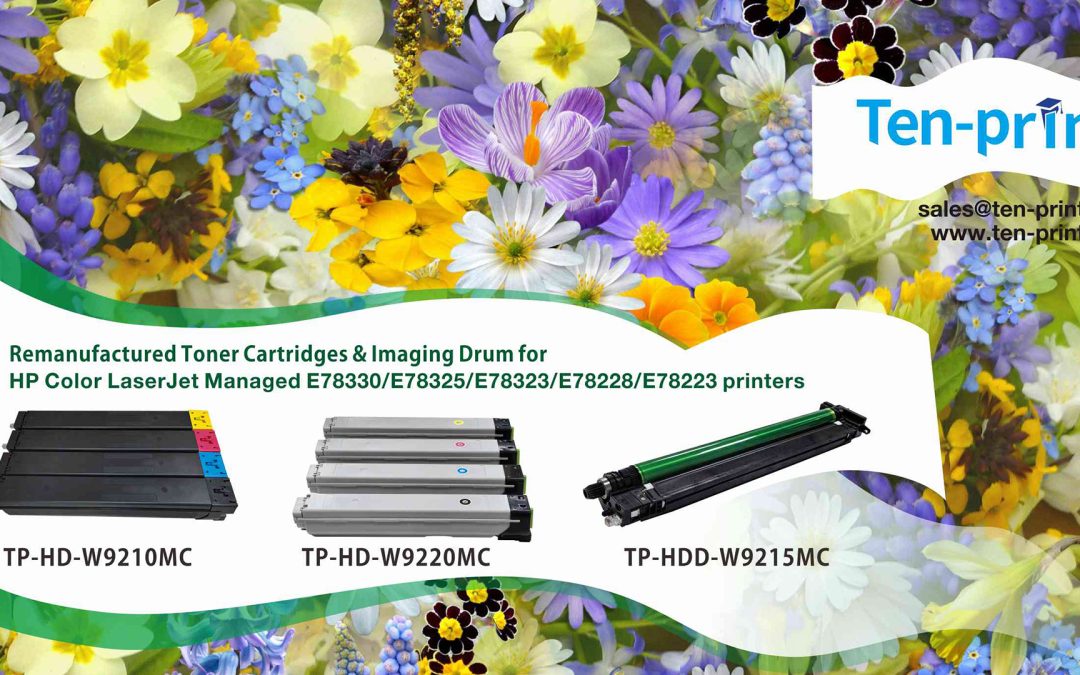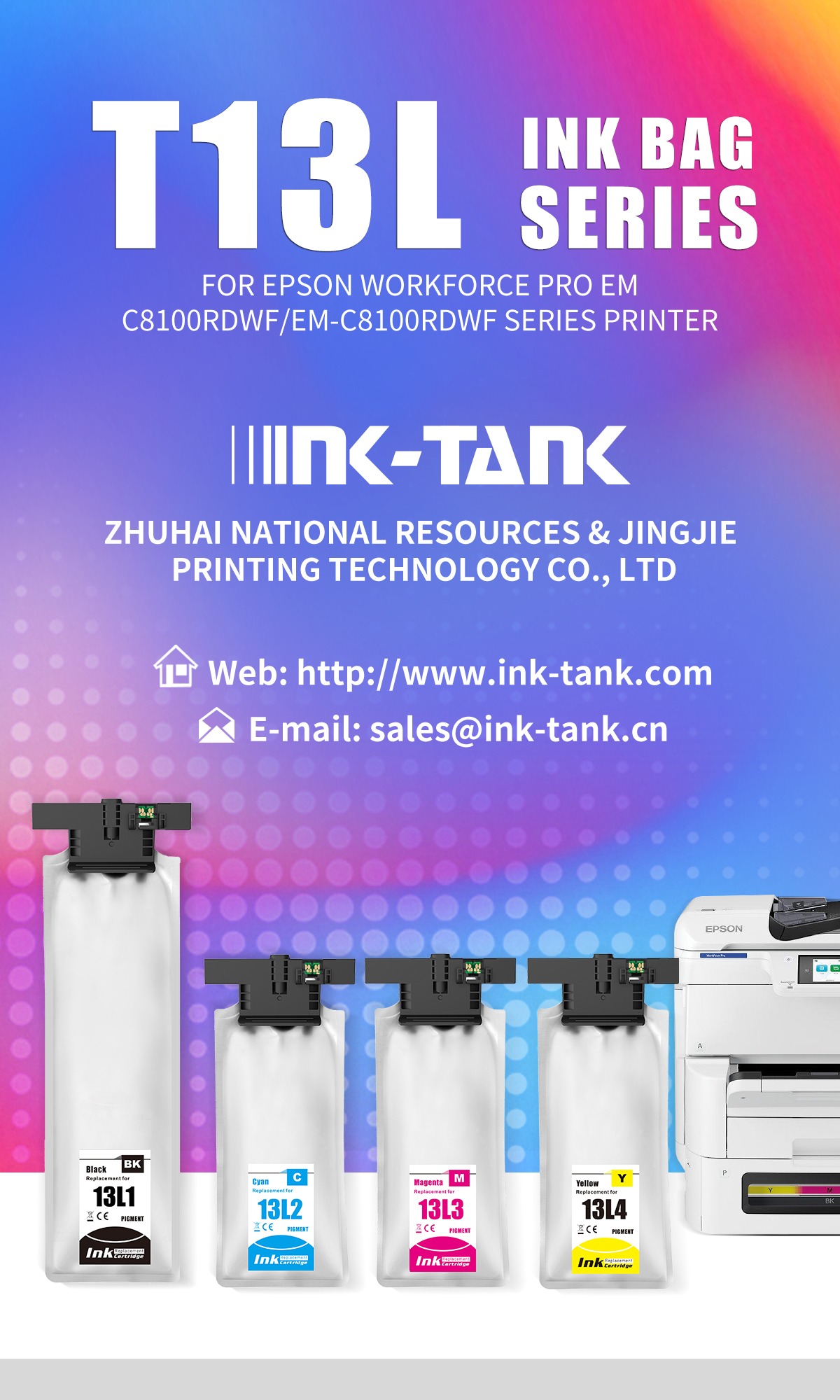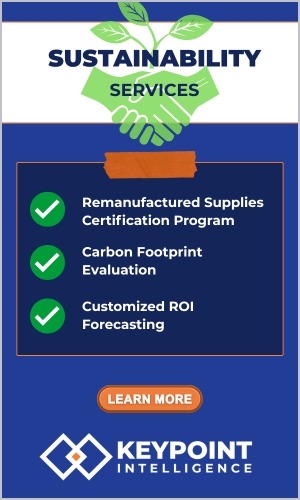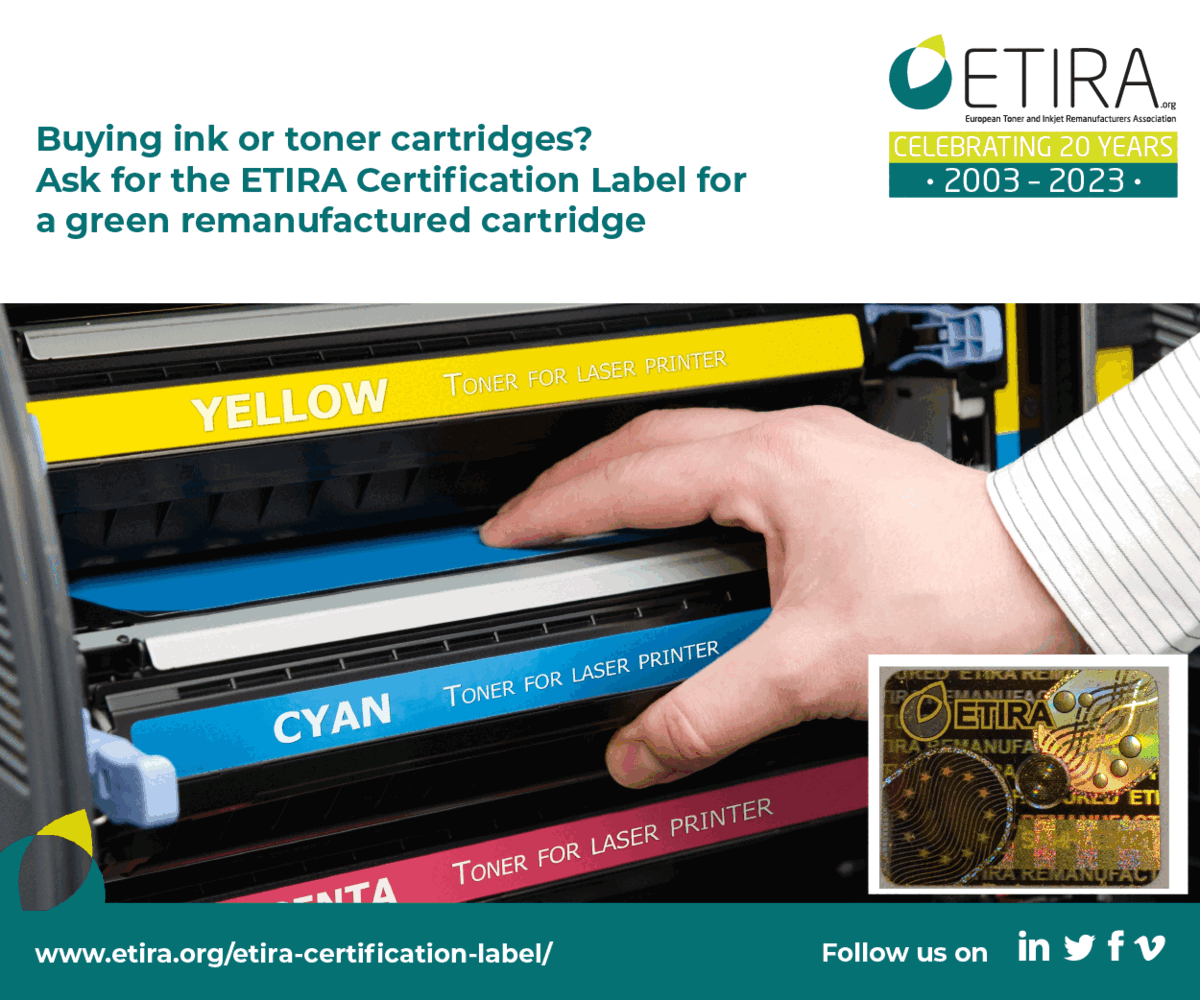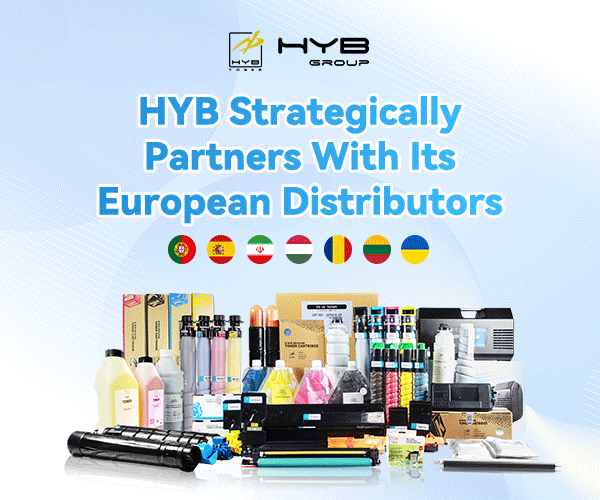EU plans to rewrite e-waste legislation could bring long-overdue recognition for imaging consumables and equipment remanufacturers, as new targets put reuse and lifecycle thinking at the heart of compliance.
The European Commission is preparing a major overhaul of WEEE legislation – and the WEEE Forum has just released a detailed blueprint for change. For imaging consumables and equipment remanufacturers, the proposed shift marks a long-awaited chance to align compliance frameworks with the reality of reuse.
The current system relies heavily on a method based on products “put on the market” (POM) over the previous three years. That might suit fast-moving consumer electronics, but not the imaging sector, where products often stay in service for a decade or more.
The WEEE Forum’s new report, published in May 2025, makes clear: “The current POM calculation method was found to be unrealistic… the average EEE lifetime is 14.5 years.” The result? A collection target that is out of sync with the true lifespan of equipment – and a compliance system that penalises reuse.
A better way to measure
Instead, the WEEE Forum proposes a move to a “WEEE generated” approach, where targets are based on when products actually reach end of life. This method better reflects the lifecycle of printers, MFPs, and their consumables.
For the first time, the report also proposes that preparation for reuse should count. A 5% target is suggested – modest, but symbolically significant. “To foster circularity… it is recommended to adopt reuse targets,” the report notes. For remanufacturers, it is long-overdue recognition.
However, sector experts argue that a 5% target is only a symbolic gesture. “To make any reuse programme viable – and to recover the costs of collection, sorting, and refurbishment – the minimum effective level is around 20%,” one ETIRA Board member, David Connett, commented. Anything less, they suggest, risks falling short of economic sustainability.
Beyond tonnes collected
The headline change is the idea of a multi-target compliance framework. Instead of measuring success by weight alone, the model assigns points across several categories: collection rates, reuse, recovery of critical raw materials, consumer awareness, and the reduction of parallel flows.
This opens new doors for imaging consumables and equipment remanufacturers. Remanufactured toner and inkjet cartridges, for example, could contribute to multiple areas – including reuse, material recovery, and reduced export leakage.
One practical idea, not explored in the report but worth industry discussion, is the creation of an industry-wide, multi-brand collection programme. By pooling resources across OEMs and remanufacturers, the sector could increase convenience for end-users, raise collection rates, and reduce duplication in logistics and take-back schemes. Centralising collection infrastructure would likely lower per-unit costs and improve data quality – a win for compliance, sustainability, and efficiency.
A sharper focus on compliance
The revised WEEE framework places compliance at its core. Stronger enforcement is essential not only for meeting targets but also for identifying and eliminating free riders – companies placing products on the market without fulfilling their extended producer responsibility obligations. These operators undermine legitimate efforts by shifting the burden of compliance onto others.
National registers, mandatory reporting, and better tracking of cross-border flows are all tools proposed to close these loopholes. For responsible imaging consumables and equipment remanufacturers, these changes would help protect market fairness and improve overall collection system integrity.
Grey-market exports and unregulated flows have long undermined the sector. Clearer obligations and system-wide traceability could finally address this imbalance.
What comes next?
The Commission must propose new legislation by the end of 2026. After that, negotiations and implementation could stretch into 2028 or beyond. But the signal is clear: the rules of compliance are changing.
For imaging consumables and equipment remanufacturers, that presents both a challenge and an opportunity. With reuse on the legislative radar – and a new framework taking shape – the sector must engage early to shape the outcome.
This is not just about targets. It is about making sure reuse counts – and that compliance is shared fairly by all.

